
balut
gamer level 3
733 xp
733 xp
followers
4
4
Use my invite URL to register (this will give me kudos)
https://boardgaming.com/register/?invited_by=balut
profile badges




recent achievements

Observer
Follow a total of 10 other gamers.
Follow a total of 10 other gamers.

Gamer - Level 3
Earn Gamer XP to level up!
Earn Gamer XP to level up!

Amateur Reviewer
Review 3 games and receive a total of 40 positive review ratings.
Review 3 games and receive a total of 40 positive review ratings.

Rated 50 Games
Rate 50 games you have played.
Rate 50 games you have played.
Player Stats
Critic (lvl 1)
295 xp
295 xp
Explorer (lvl 1)
124 xp
124 xp
Professor (lvl 0)
76 xp
76 xp
Reporter (lvl 1)
170 xp
170 xp
About Me
I'll play anything, depending on my mood. For larger groups, casual party games like Super Fight or Odious Lists are good. For more hardcore gaming, I'll break out XCOM or Carnival Zombie. For themed Euro-style gaming, I like Vegas Showdown.
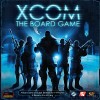




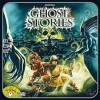


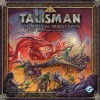







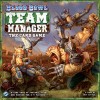















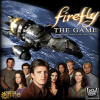
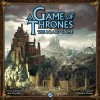



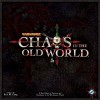

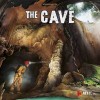


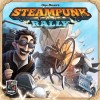




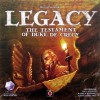
Carnival Zombie
In a nutshell: A group of survivors – themed on the Comedia Dell’arte – must work together to survive the zombie apocalypse and flee the city during the Carnival of Venice – the Carnevale di Venezia.
All of the game’s flavor reflects the theme of Carnevale and the Comedia Dell’arte, and particularly the player characters:
– Captain Terror (Il Capitano), aka, The Leader: his abilities generally work to support the group as a whole.
– Lady Columbine (Columbina), aka, The Sniper: she works best at killing single, high-health targets.
– Helequin (Harlequin), aka, The Soldier: great at gunning down masses of zombies.
– Brighell (Brighella), aka, The Muscle: great at holding the line and physically overpowering zombies.
– Pantaleone (Pantalone), aka, The Grenadier: great at making things go boom.
– Doc Pestilence (Il Dottore), aka, The Medic: helps keep everyone alive.
Gameplay occurs in 2 phases, Day and Night.
During the Day, you move on the city map, search for supplies, rest, build barricades, and otherwise try to accomplish the tasks necessary to flee the city. This takes careful planning, because there are several ways to flee the city, and one way to attempt to defeat the Ultimate Evil, and each objective has different requirements and paths. What makes it interesting is that as the game progresses, areas of the city will randomly flood, making passage in that direction impossible, and forcing the group to adjust their plans accordingly.
During the Night, you erect your barricades and fight off the zombie hordes long enough to see daylight again. There are no dice involved here. You see where the zombies are coming from, you know how fast each type of zombie is, and you know how much health each zombie has. So it is crucial that the group properly position their characters (located in the center of the “battle map” behind barricades) to have a firing arc on the right quadrants to effectively fight off the zombies. Each turn, more zombies spawn, based on a card draw, and zombies can vary from slow, weak fodder, to fast zombie dogs, to heavy zombies, to terrifyingly powerful zombie bosses.
And this is where the brilliant Graveyard mechanic comes in. At the end of each Player’s combat turn, they gather up the pile of zombie tokens they just killed, and have to physically DROP THE TOKENS on top of a separate Graveyard board. If the tokens land on the board, they stay dead. IF THE TOKENS FALL OFF THE BOARD, THEY RETURN TO PLAY THE NEXT TURN. Making this even more interesting is that different types of zombies are represented by different shaped tokens. So while fodder-type zombies are simple cubes, tougher zombies are represented by cylinders and cones, making it progressively harder to remove zombies from the fight the more you kill.
This also sometimes forces you to pace the rate at which you kill zombies. It’s easy enough to properly drop 1 or 2 zombies on top of the pile of zombie tokens on the Graveyard, but let’s say you use a grenade, and just wiped out 5 zombies in one shot – that makes it significantly more stressful to dispose of the bodies on the Graveyard pile.
It is this aspect of physical dexterity that really elevates the game and adds a whole other layer of stress to yet another zombie-themed boardgame. Couple that with the excellent theme and many decision points presented by the game, and you have an, excellent, enjoyably stressful zombie boardgame.